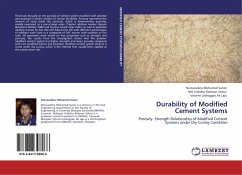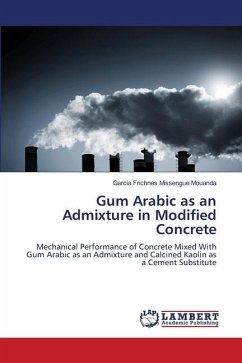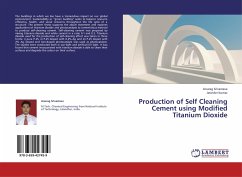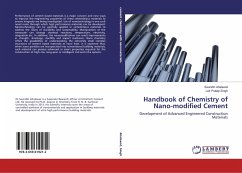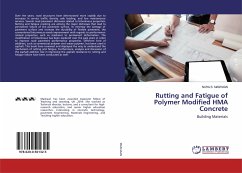This book focused on the porosity of cement system modified with polymer and pozzolan in direct relation to mortar durability. Porosity represents the amount of voids inside the concrete, which is dimensionless quantity, usually expressed as a percentage value. Polymer additive namely Styrene Butadiene Rubber (SBR) and Styrene Acrylic Ester (SAE), as well as pozzolan additive namely Fly Ash (FA) and Silica Fume (SF) with different percentages of addition were used as a composite of OPC mortar with variation of w/c ratio. All specimens were tested on two properties such as strength and porosity. The results from the investigation shows that the polymer modified cement system has higher strength and lesser porosity compared with non-modified mortar and pozzolan modified cement system when it is cured under dry curing, which is the method that usually been applied at the construction site.

